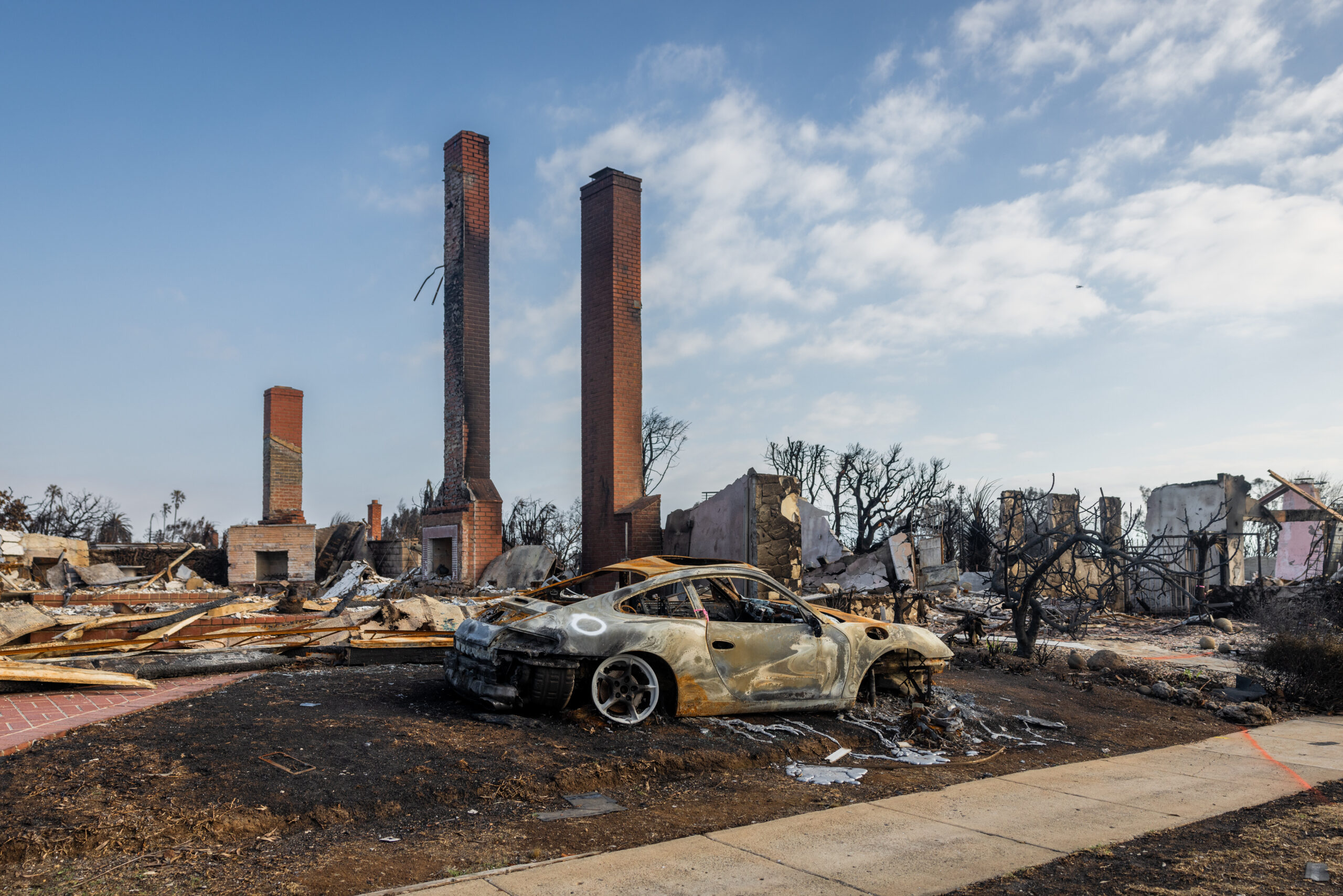The US Federal Emergency Management Agency (FEMA) has finalized a rule mandating that projects built using its funds not only take into account previous and current levels of local flood risk, but for the first time consider the future risk of flooding, which is being exacerbated by climate change.
Federal officials said that the updated Federal Flood Risk Management Standard — which will be published Thursday and will go into effect Sept. 9 — is set to make communities more resilient and save taxpayers money by preventing repeat building of vulnerable structures in flood zones. The rule will not affect rates in FEMA’s National Flood Insurance Program.
“Previous approaches, based on historical data, have become outdated,” FEMA Administrator Deanne Criswell said in remarks to reporters Tuesday. “By using the best available science,” she said, the agency will be strengthened in “protecting federal investments and reducing the risk of damage and loss.”
A warming world means more extreme weather and more frequent flooding events. Already this year, heavy rains have caused flooding in Florida, along the Mississippi River and in Houston, following Hurricane Beryl. Flooding is the single most damaging weather peril in the US, causing billions of dollars in losses to property every year.
When severe floods occur, FEMA helps localities build back community infrastructure, which could include everything from libraries to hospitals to bridges. The federal government covers 75% of costs.
To get that money after the rule goes into effect, Criswell said communities will have to show that their plans reflect the best available science for flood risk into the future, for as long as the structure is expected to stand. For example, a new library with a predicted lifespan of 50 years would have to be designed to withstand expected flooding levels in the 2070s.
Meeting the higher standard will add slightly to upfront costs, officials acknowledged. But previous studies by FEMA have found that every dollar spent on resilient building standards that incorporate climate change would save $11 in future damage, cleanup and economic impact.
There isn’t a single, standard tool communities can use to assess their flood risk. Criswell said the point of the regulation was to allow for flexibility. “There are plenty of tools out there and we are creating new technologies every day. So this is not meant to be static.”
Was this article valuable?
Here are more articles you may enjoy.


 Wall Street Brokers Start Trading Insurer Claims From LA Fires
Wall Street Brokers Start Trading Insurer Claims From LA Fires  After the Flames: Preparing for the Growing Fraud Threat in Los Angeles
After the Flames: Preparing for the Growing Fraud Threat in Los Angeles  Scammers Are Pushing Auto Loan Fraud to Record Levels
Scammers Are Pushing Auto Loan Fraud to Record Levels  New Fire Maps Put Nearly 4M Californians in Hazardous Zones
New Fire Maps Put Nearly 4M Californians in Hazardous Zones 